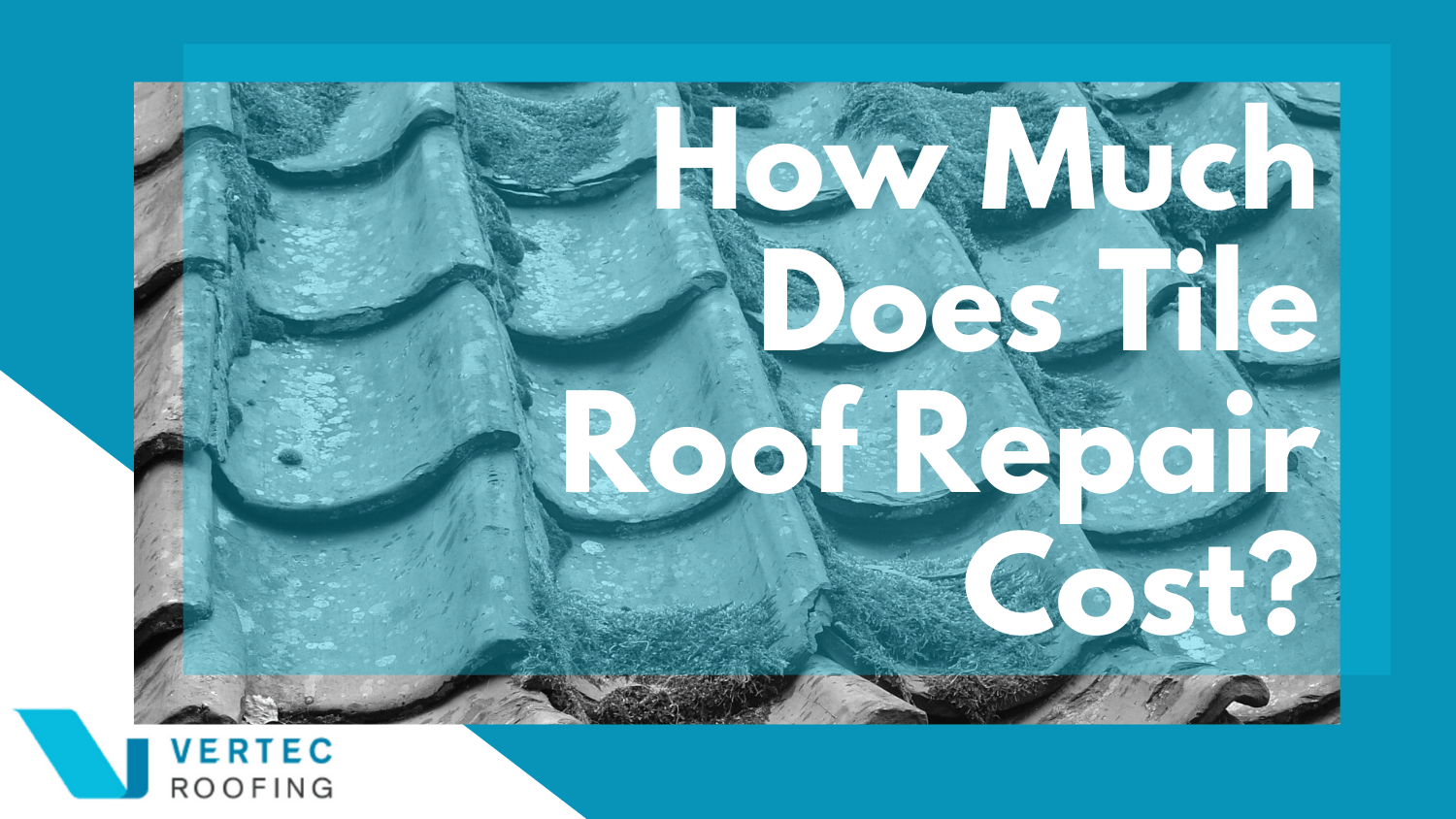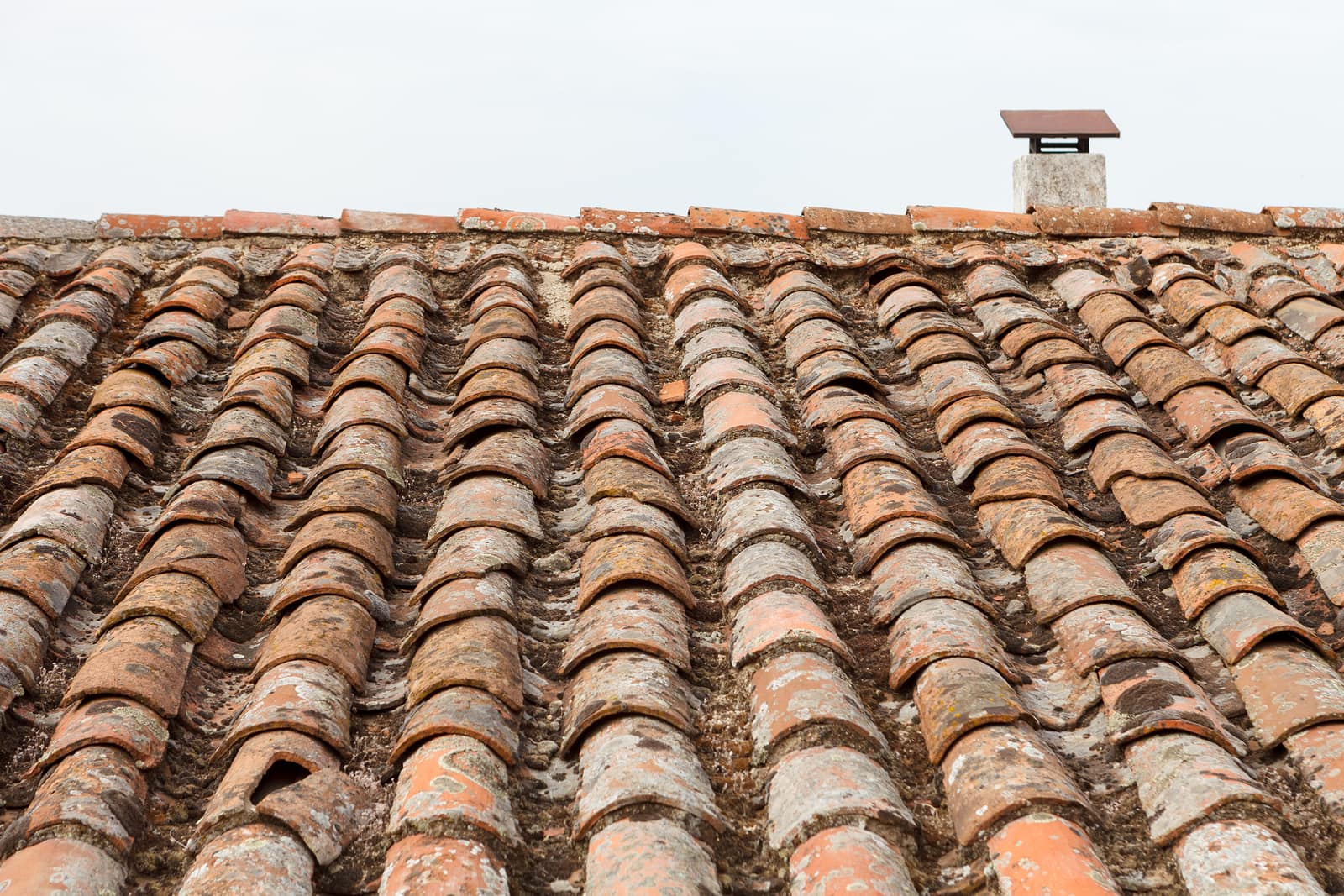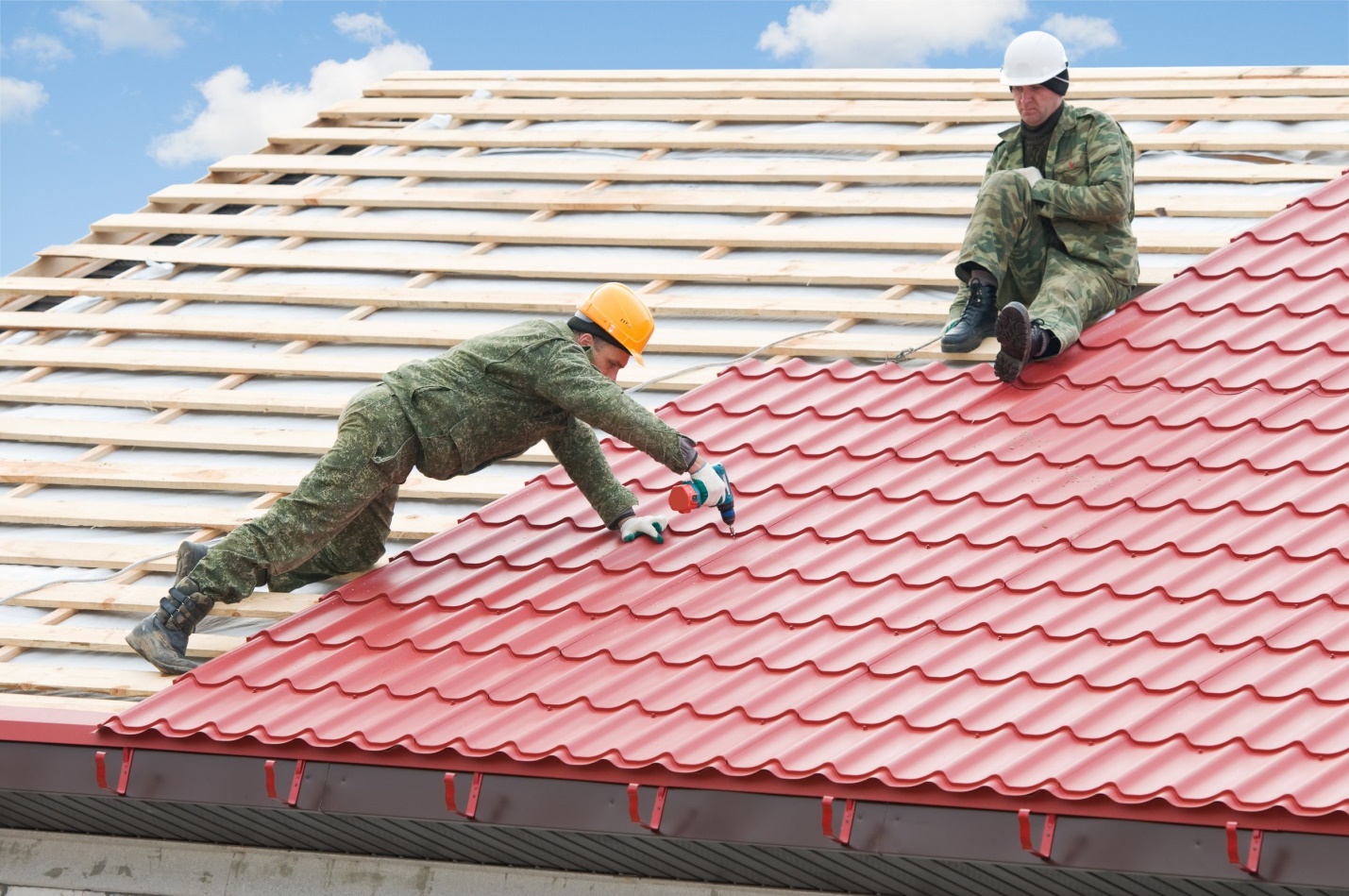If you’ve ever noticed a cracked or missing roof tile while gazing up at your house, you’re not alone. Roof tiles, while durable, aren’t invincible—they age, crack, or sometimes just disappear like socks in a dryer. And when they do, the repercussions can range from a minor inconvenience to a full-blown home repair nightmare.
Think about it: your roof is your home’s first line of defense against Mother Nature’s mood swings—rain, snow, heat, or even the occasional rogue squirrel. A damaged tile can compromise that defense, leading to leaks, water damage, and even structural issues over time. And let’s face it, no one wants to deal with unexpected repair bills or the hassle of replacing an entire section of their roof.
The good news? You don’t need to be a professional roofer to handle basic roof tile repairs. With the right tools, a little knowledge, and maybe a dash of patience (and courage if heights aren’t your thing), you can restore your roof’s integrity in no time.

Understanding Roof Tile Damage
Before you grab your ladder and superhero cape, it’s essential to understand what you’re dealing with. Roof tiles come in a variety of materials, and each type has its quirks when it comes to damage. Knowing what caused the problem in the first place is just as important as fixing it, so you can prevent future headaches. Let’s dive into the nitty-gritty.
Common Causes of Roof Tile Damage
Your roof tiles live a tough life. They’re constantly battling the elements, wildlife, and even gravity. Here are some of the most common culprits behind roof tile damage:
- Weather Conditions:
- Heavy rain can wear down the surface of tiles, especially if water pools in certain areas.
- Hail can crack tiles in an instant, especially brittle ones like slate or clay.
- Wind can dislodge tiles or loosen them over time, leaving gaps in your roof’s armor.
- Falling Debris:
- Overhanging branches are a common offender, especially during storms.
- Items like toys, or (oddly enough) drones, can cause chips and cracks when they land with enough force.
- Aging and Wear:
- Like everything else in life, roof tiles don’t last forever. Over time, materials like clay and concrete degrade, becoming brittle and prone to cracking.
- UV rays can weaken the surface, especially in hotter climates.
- Poor Installation or Maintenance:
- Tiles that weren’t installed properly in the first place are more likely to shift or break.
- Neglecting basic maintenance, like clearing moss or checking for early damage, can speed up wear and tear.
Think of these causes as the “bad guys” in your roof’s story—once you know who they are, it’s easier to outsmart them.
Signs Your Roof Tile Needs Repair
Not all roof damage is obvious. Sometimes, the signs are subtle, and by the time you notice them, the damage has already snowballed into something bigger. Here are some telltale clues that your roof tiles are waving a metaphorical red flag:
- Visible Cracks or Chips:
- If you can see cracks or missing chunks from the ground, it’s time to act. Even small cracks can grow over time, especially in harsh weather.
- Missing Tiles:
- This one’s a no-brainer. If you’ve noticed gaps where tiles used to be, your roof is vulnerable to leaks.
- Water Stains Indoors:
- Got mysterious stains on your ceiling or walls? They’re likely a sign of water seeping through a damaged tile.
- Moss, Algae, or Mold Growth:
- While moss might look quaint in a cottage-core kind of way, it’s bad news for your roof. It traps moisture, which can cause tiles to deteriorate faster.
- Increased Energy Bills:
- A damaged roof can let heat escape in the winter and invite it in during the summer, causing your HVAC system to work overtime.
Fun Fact: Not All Tiles Are Created Equal
Did you know that clay tiles can last over 50 years if properly maintained, while concrete tiles often last about 30-40 years? Slate, on the other hand, is the ultimate overachiever, boasting a lifespan of 75-100 years. That said, the longer the lifespan, the pricier the material. Investing in durable tiles can save you from frequent repairs, but even the toughest tiles need a little TLC.

Preparing to Repair a Roof Tile
Before you channel your inner handyman (or handywoman!), preparation is key. Roof repairs aren’t just about fixing what’s broken—it’s about doing it safely and efficiently. Without the proper tools and precautions, a simple tile repair can turn into a dangerous adventure. Let’s cover the groundwork.
Safety Precautions: Protecting Yourself Before You Start
Working on a roof isn’t for the faint of heart—it’s high, steep, and unforgiving. To avoid accidents, follow these essential safety measures:
- Invest in the Right Gear:
- Wear a sturdy pair of non-slip shoes. Flip-flops might be fun for the beach, but they’ll have you sliding off the roof faster than you can say “Oops!”
- Use a safety harness. Yes, it feels overkill for a quick repair, but one wrong step can turn your day into a hospital visit.
- Ladder Safety 101:
- Use a sturdy ladder and place it on a flat, stable surface.
- Secure the ladder at the top using hooks or a stabilizer.
- Maintain three points of contact (two hands and one foot, or two feet and one hand) at all times.
- Buddy System:
- Never work alone. Even if your “buddy” is just sitting nearby, they can hand you tools or call for help if needed.
- Weather Watch:
- Avoid repairs on windy, rainy, or icy days. Wet tiles are slippery, and gusty winds make balancing a nightmare.
- Don’t Overreach:
- Always keep your body centered over the ladder or roof surface. If something’s out of reach, move closer instead of risking a fall.
Tools and Materials You’ll Need
Once you’ve geared up for safety, it’s time to gather your tools and materials. Here’s your checklist for a smooth repair process:
Tools:
- Ladder: A good-quality ladder is your gateway to success (literally).
- Pry Bar or Flat Bar: To remove damaged tiles without harming the surrounding ones.
- Hammer: For securing replacement tiles with nails.
- Utility Knife: Handy for trimming underlayment or shingles.
- Caulk Gun: If you’re working with adhesive or sealant.
- Measuring Tape: To ensure your replacement tile is the right size.
Materials:
- Replacement Tiles: Ensure they match the size, material, and color of your existing tiles.
- Roofing Nails: Used to secure tiles in place.
- Roof Adhesive/Sealant: Ideal for securing tiles without nails or filling cracks.
- Mortar (if needed): Used for specific tile types like clay or concrete.
Assessing the Damage: Know What You’re Working With
Before jumping into repairs, take a moment to inspect the damage. This step will help you decide whether a quick fix is enough or if you’re looking at a larger issue. Here’s how to assess the situation:
- Inspect the Roof Safely:
- Use binoculars to get an initial look from the ground. It’s safer and gives you a sense of what you’re dealing with.
- For a closer inspection, climb the ladder carefully and examine the damaged area without putting too much weight on weak spots.
- Check for Additional Issues:
- Look for damage to the underlayment (the waterproof layer beneath the tiles).
- Inspect nearby tiles for hairline cracks or looseness—they may need replacing soon.
- DIY or Call a Pro?:
- If it’s just one or two tiles, you’re good to DIY.
- If you notice widespread damage, sagging areas, or mold, it’s time to call a professional roofer.
Pro Tip: Take Photos of the Damage
Before you begin repairs, snap a few photos of the damaged area. This helps in two ways:
- Reference: You can compare “before” and “after” to ensure you’ve done a good job.
- Insurance Claims: If the damage was caused by something like a storm, your insurance company may need evidence to process your claim.
Preparing for roof tile repair is all about setting yourself up for success. With the right tools, a clear understanding of the damage, and a solid focus on safety, you’ll be ready to tackle the repair confidently.

Step-by-Step Guide: How to Repair a Roof Tile
It’s time to roll up your sleeves and get to work! Repairing a roof tile might seem intimidating, but with the right approach, it’s entirely doable. In this step-by-step guide, we’ll break down the process so you can restore your roof like a pro—without breaking a sweat (or a tile).
Step 1: Remove the Damaged Tile
Before you can replace a roof tile, the damaged one has to go. Here’s how to do it safely and efficiently:
- Position Yourself Properly:
- Place your ladder on a stable surface and climb carefully.
- If possible, stand on a secure part of the roof that doesn’t put weight on nearby tiles. Use roof cleats for extra stability.
- Loosen the Tile:
- For interlocking tiles: Lift the tile above the damaged one slightly to free it. Use a pry bar to gently separate the tile from its neighbors.
- For nailed-down tiles: Slide your pry bar under the tile and locate the nails securing it. Use the bar or a claw hammer to remove the nails.
- Slide Out the Tile:
- Once loosened, carefully slide the tile out. Avoid sudden movements that might crack adjacent tiles.
- Check the Area Underneath:
- Inspect the underlayment for tears or damage. If it’s compromised, you’ll need to patch or replace it before proceeding.
Step 2: Prepare the Area
Now that the damaged tile is gone, you’ll want to prep the area for the new one. This ensures a secure fit and long-lasting repair.
- Clean the Area:
- Sweep away debris, dirt, or loose mortar. A clean surface helps the new tile settle properly.
- Check for moss or algae and remove it with a soft brush.
- Check for Structural Damage:
- If you see water damage, rotted wood, or sagging, pause and address these issues first. The base must be solid before placing a new tile.
- Measure for Fit:
- Double-check that your replacement tile matches the dimensions of the one you removed. Trim the new tile if necessary using a tile cutter or saw.
Step 3: Install the Replacement Tile
Now comes the exciting part—putting in the new tile!
- Position the Tile:
- Slide the replacement tile into the gap, ensuring it aligns with the surrounding tiles.
- For interlocking tiles: Fit the edges snugly into place so they sit flush with the roof.
- Secure the Tile:
- For nailed tiles: Hammer in roofing nails at the designated spots, being careful not to crack the tile.
- For adhesive tiles: Apply a generous amount of roofing adhesive or sealant to the underside of the tile before placing it.
- Check Alignment:
- Ensure the new tile lies flat and matches the angle of the neighboring tiles. Misaligned tiles can disrupt water flow and lead to leaks.
Step 4: Final Checks
With the new tile in place, it’s time to double-check your work.
- Inspect for Gaps or Loose Edges:
- Run your hand gently over the new tile to ensure it’s secure. There should be no wobbling or gaps.
- Test for Leaks:
- If you want to be extra sure, use a garden hose to simulate rain. Spray water over the repaired area and check indoors for signs of leaks.
- Clean Up the Site:
- Remove leftover debris, tools, and any broken tile pieces from the roof. Leaving debris up there could clog gutters or lead to further damage.
Pro Tip: Work on a Cool Day
Tiles can become brittle in extreme heat and slippery in the rain. A cool, dry day is your best friend when it comes to roof repairs. Bonus: You won’t sweat buckets while working!
Common Mistakes to Avoid During Repairs
- Over-tightening nails or screws: This can crack tiles or damage the underlayment.
- Walking on tiles unnecessarily: Always step on the reinforced parts (near the edges) to avoid breaking them.
- Skipping the underlayment inspection: A bad underlayment can ruin your repair job, no matter how perfect your tile placement is.
By following these steps, you’ve just saved your roof—and probably a good chunk of money! Now your home is back to being the fortress it was meant to be.
Leave a Reply